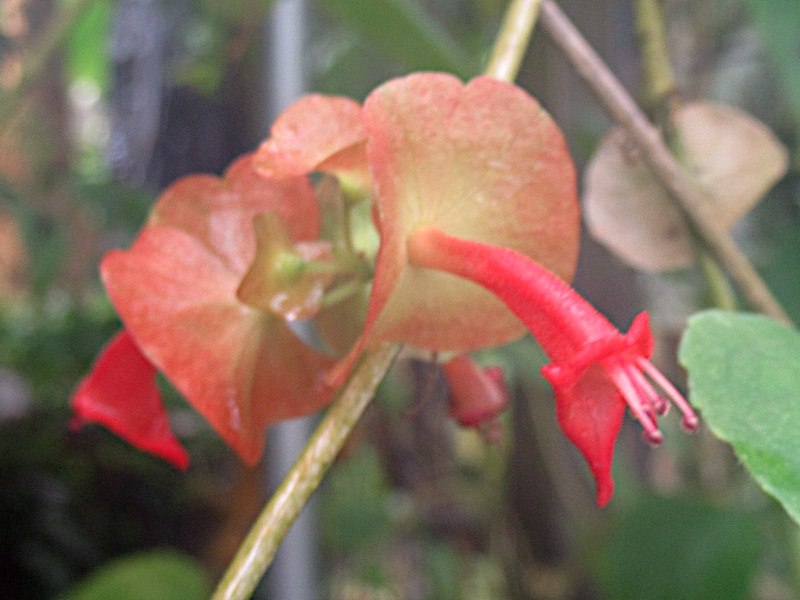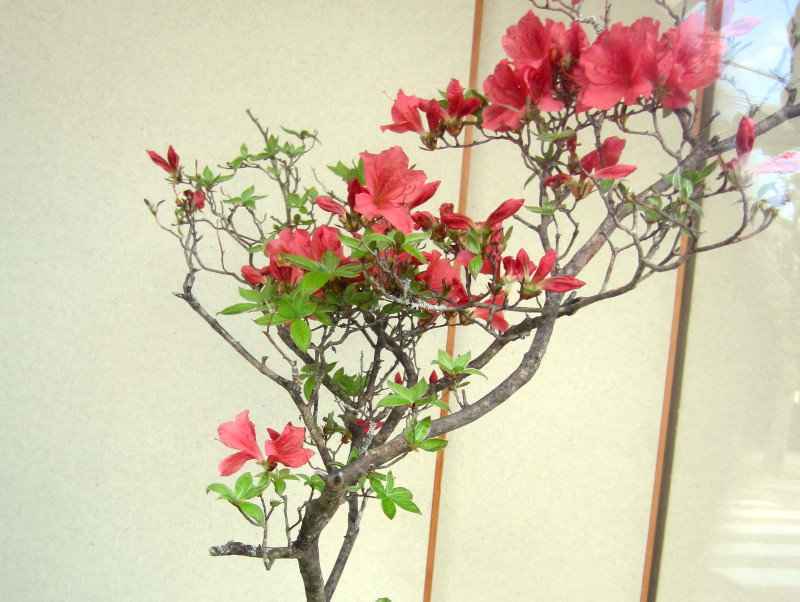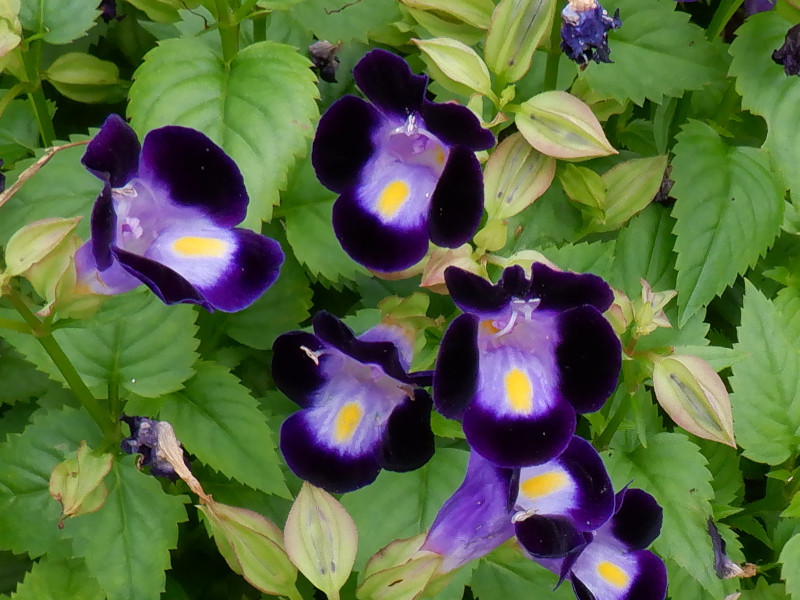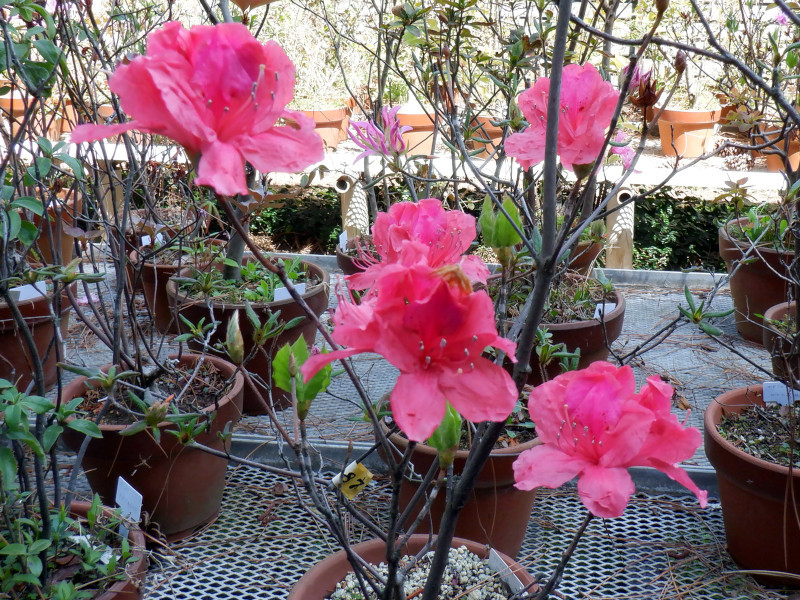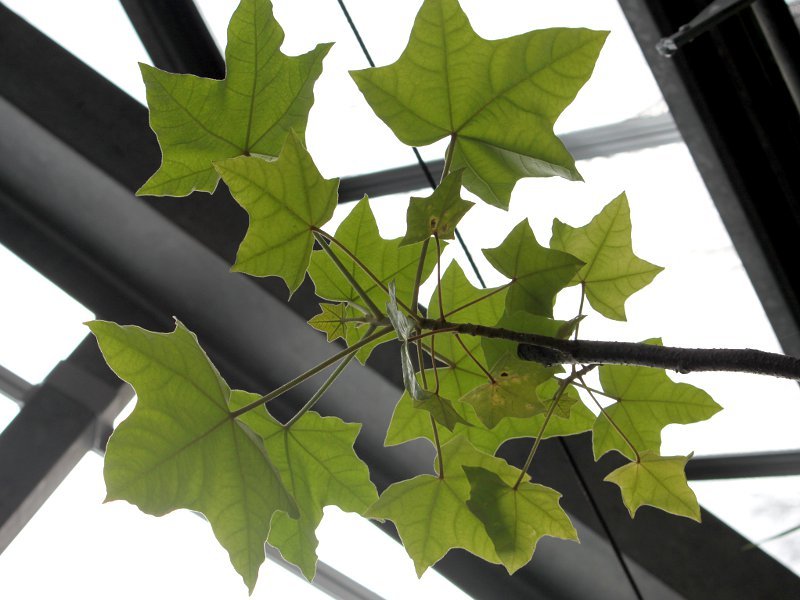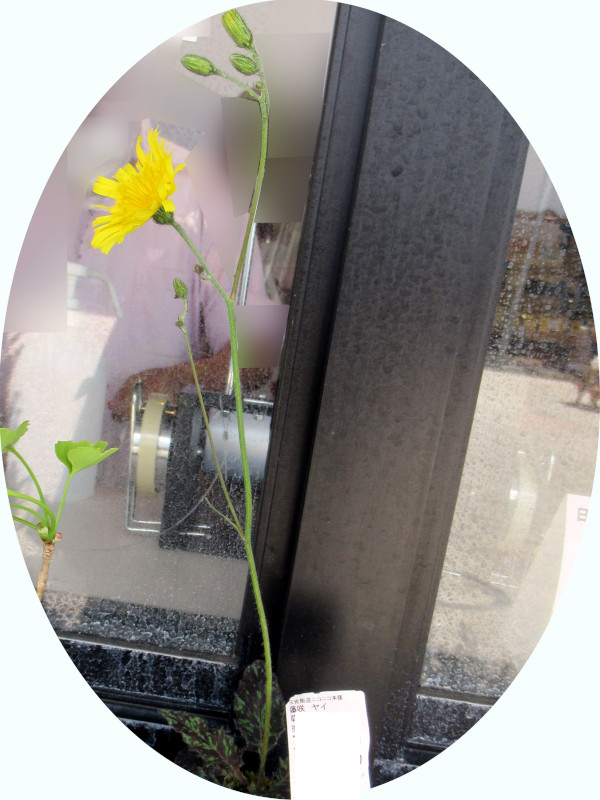Holmskioldia sanguinea
- Flower nameHolmskioldia sanguinea
- Scientific nameHolmskioldia sanguinea
- Aliasホルムショルディア, サングイネア, ホルムスキオルディア・サンギネア, Chinese hat plant, Parasol Flower, Cup and saucer plant, テングバナ, 天狗花, ホルムショルディア・サングイネア
- Place of origin India and the Himalayas
- Place of floweringGreenhouse, Subtropical region
- Flowering seasonSeptember, October, November, December
What is Holmskioldia sanguinea
Holmskioldia sanguinea, Chinese hat plant, Cup and saucer plant or Tengubana (scientific name: Holmskioldia sanguinea) is an evergreen/semi-deciduous, vine shrub of the genus Holmskioldia, a member of the family Verbenaceae, native to India and the Himalayas.
The sepals spread out in a shallow dish shape, and a cylindrical corolla protrudes from the center.
All other species except this flower are moved to the genus Karomia in the Cyperaceae family, and this species alone constitutes the genus Holmshordia (Tengbana).
The Japanese name is derived from the shape of the flower emerging from the face-shaped calyx, which resembles a tengu. The genus name "Holmskioldi" is a dedication to the Danish botanist Dr. T. Holmskiold, and the species name "sanguinea" means "blood red" in Latin and is derived from the flower color.
Common name: Holmskioldia sanguinea, scientific name: Holmskioldia sanguinea,aka:Chinese hat plant, Cup and saucer plant or Tengubana, origin, India, Himalayas, Life Form: Evergreen/Semi-deciduous Flowering season: September to December, Inflorescence form: clustered or raceme inflorescence, Flower shape: tubular with 5 lobes (upper lip with 2 lobes, lower lip with 3 lobes), Flower color: red-orange, yellow, Diameter: 3 cm, Sepals shape: cup-shaped, stamens: 4, corolla attached, anthers protruding, cotyledons: 2-centered, 4-chambered, flower column: filiform, cap: 2 lobed, fruit type: achene, fruit shape: ovoid, number of seeds: 4 chambers, 1 in each chamber, seed shape: oblong oval, seed diameter: 0.8 cm, seed color: green to black, use: potted plant.
